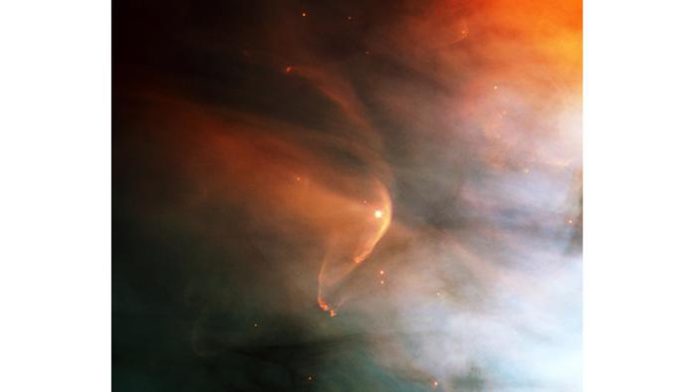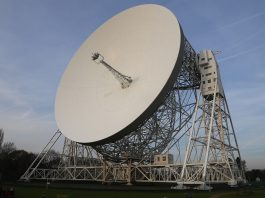An international research team led by the University of Vienna has directly detected stellar winds from three Sun-like stars by recording the X-ray emissions from their astrospheres.
The study also placed constraints on the mass loss rate of the Sun-like stars via their stellar winds.
The study, ‘X-ray detection of astrospheres around three main-sequence stars and their mass-loss rates’, is published in Nature Astronomy.
What can stellar winds tell us about planetary evolution?
Astrospheres, stellar analogues of the heliosphere that surrounds our Solar System, are very hot plasma bubbles blown by stellar winds into the interstellar medium, a space filled with gas and dust.
The study of the stellar winds of low-mass stars similar to the Sun allows us to understand stellar and planetary evolution and, ultimately, the history and future of our own Sun and Solar System.
They drive many processes that evaporate planetary atmospheres into space and, therefore, lead to atmospheric mass loss.
Although planets’ escape rates over an hour or even a year are tiny, they operate over long geological periods. The losses accumulate and can be a decisive factor in a planet’s evolution into a habitable world or an airless rock.
Despite their importance for the evolution of both stars and planets, winds of Sun-like stars are notoriously difficult to constrain.
Stars are mainly composed of protons and electrons, but they also contain a small quantity of heavier, highly-charged ions (e.g., oxygen and carbon). These ions emit X-rays by capturing electrons from the neutrals of the interstellar medium around the star.
Detecting X-ray emissions from astrospheres
An international research team led by Kristina Kislyakova, Senior Scientist at the Department of Astrophysics of the University of Vienna, has detected for the first time the X-ray emission from the astrospheres around three Sun-like stars.
These are called main sequence stars, which are stars in the prime of their life. Therefore, the study recorded such winds for the first time directly, allowing them to place constraints on the mass loss rate of the stars via their stellar winds.
The researchers observed the spectral fingerprints (so-called spectral lines) of the oxygen ions with XMM-Newton. They were able to determine the quantity of oxygen and, ultimately, the total mass of stellar wind emitted by the stars.
For the three stars with detected astrospheres, named 70 Ophiuchi, epsilon Eridani, and 61 Cygni, the researchers estimated their mass loss rates to be 66.5±11.1, 15.6±4.4, and 9.6±4.1 times the solar mass loss rate, respectively.
This means that the winds from these stars are much stronger than the solar wind, which might be explained by the stronger magnetic activity of these stars.
Providing a benchmark for observing Sun-like stars
“In the Solar System, solar wind charge exchange emission has been observed from planets, comets, and the heliosphere and provides a natural laboratory to study the solar wind’s composition,” explained Kristina Kislyakova, lead author of the study.
“Observing this emission from distant stars is much more tricky due to the faintness of the signal. In addition, the distance to the stars makes it very difficult to disentangle the signal emitted by the astrosphere from the actual X-ray emission of the star itself, part of which is spread over the field of view of the telescope due to instrumental effects.”
Kislyakova added: “Our estimated mass-loss rates can be used as a benchmark for stellar wind models and expand our limited observational evidence for the winds of Sun-like stars.”
Dimitra Koutroumpa, a co-author of the study, concluded: “In the future, this method of direct detection of stellar winds in X-rays will be facilitated thanks to future high-resolution instruments, like the X-IFU spectrometer of the European Athena mission.”









